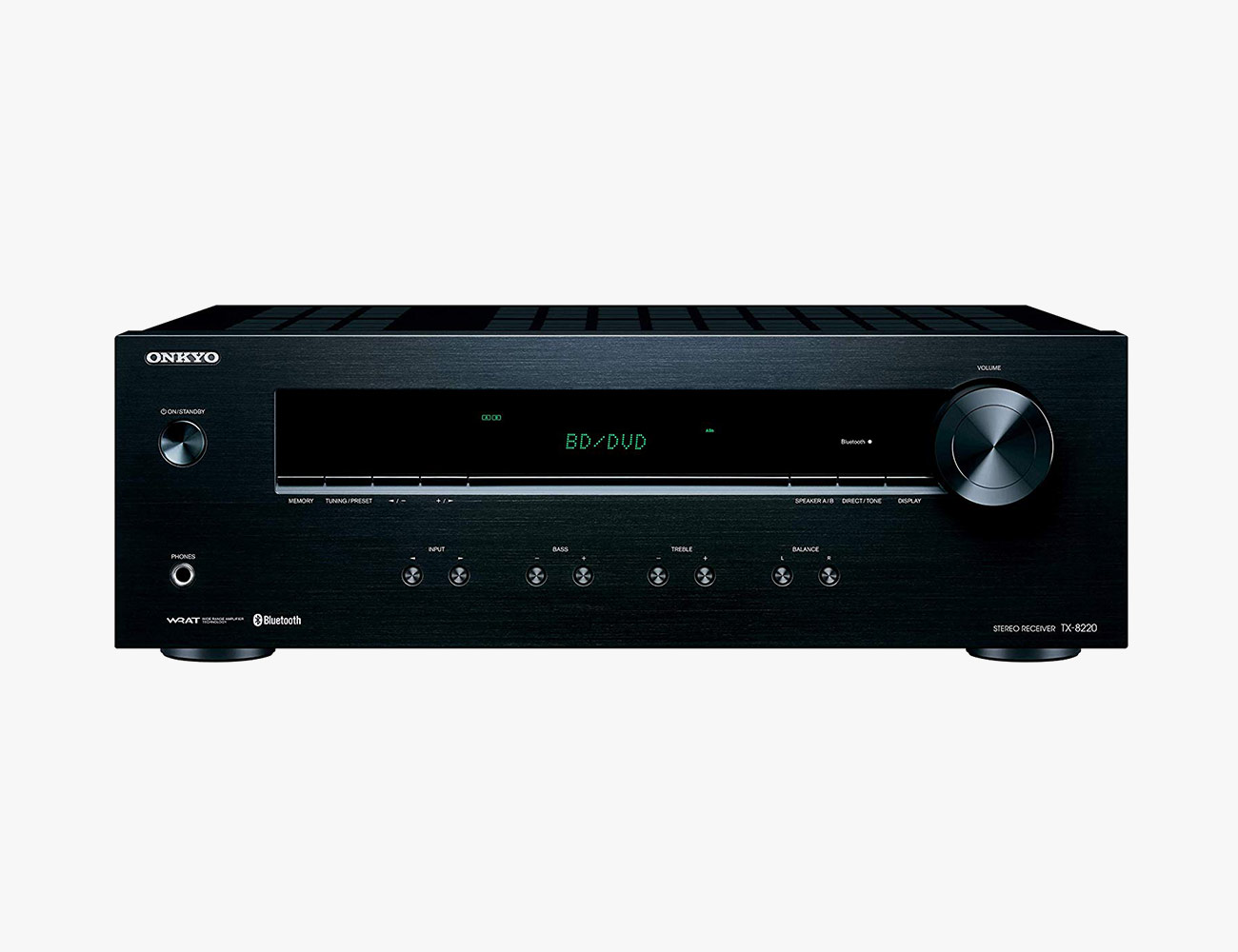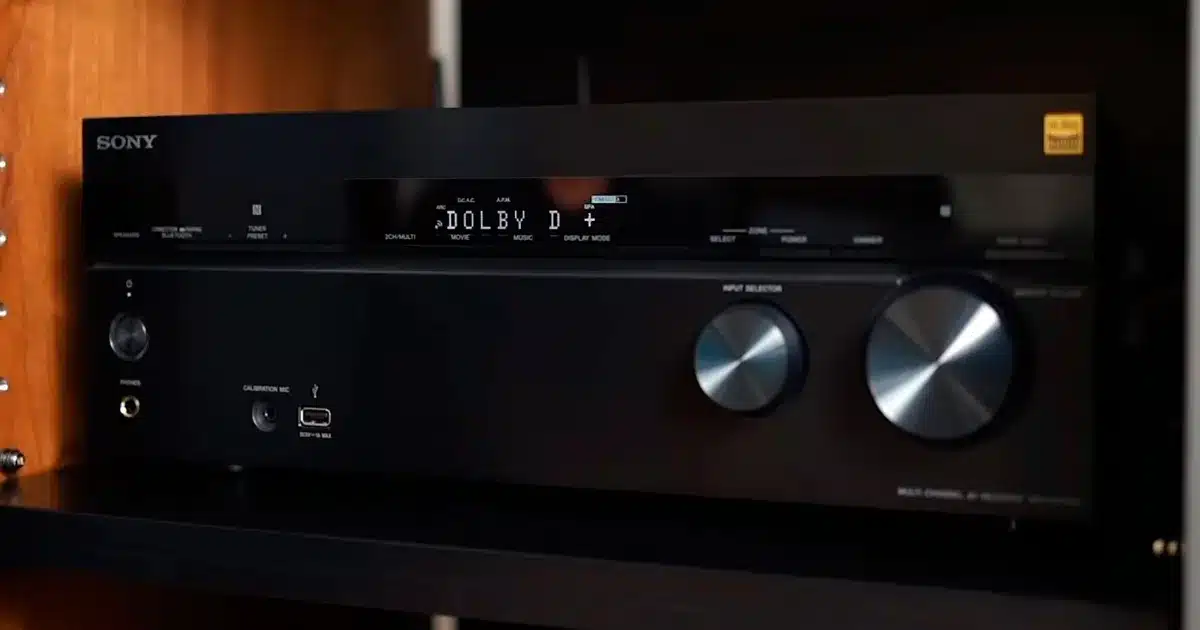Best Stereo Receiver Under 500

In the crowded world of audio equipment, finding a quality stereo receiver that delivers exceptional sound without breaking the bank can feel like a daunting task. This article is crafted for the value-conscious audiophile, the music enthusiast looking to upgrade their setup, or the beginner embarking on their audio journey.
We'll navigate the landscape of receivers under $500, focusing on models that offer the best blend of performance, features, and value. We understand that budget constraints don't have to mean compromising on sound quality. Therefore, a great stereo receiver is crucial to the overall quality.
Why a Stereo Receiver Matters
The stereo receiver is the heart of any traditional two-channel audio system, acting as the central hub for connecting your various audio sources.
It amplifies the signal from those sources, driving your speakers and ultimately determining the sonic character of your listening experience. A good receiver can transform a collection of individual components into a cohesive and immersive soundstage.
Shortlist: Best Stereo Receivers Under $500
For the Budget-Conscious:
Yamaha R-S202BL: A solid performer with a focus on core functionality.
For the Modern Music Lover:
Onkyo TX-8270: Network connectivity and digital audio inputs make this a versatile option.
For the Vinyl Enthusiast:
Sony STR-DH190: A dedicated phono input for your turntable, at an affordable price.
For the Power Seeker:
Yamaha A-S301: Offers a step up in power and refinement.
Detailed Reviews
Yamaha R-S202BL
The Yamaha R-S202BL is a straightforward receiver that prioritizes simplicity and affordability. Its minimalist design and user-friendly interface make it easy to operate, even for beginners.
While it lacks advanced features like network connectivity, it delivers a clean and balanced sound signature, making it a great entry-level option. The amplifier section provides sufficient power for most bookshelf speakers, offering a respectable listening experience.
Onkyo TX-8270
The Onkyo TX-8270 is a feature-rich receiver that bridges the gap between traditional and modern audio sources. Built-in network connectivity allows for streaming music from services like Spotify and Tidal, while digital audio inputs accommodate devices like TVs and gaming consoles.
Its amplifier section delivers ample power, ensuring a dynamic and engaging listening experience. The inclusion of a phono input also makes it a suitable choice for vinyl enthusiasts.
Sony STR-DH190
The Sony STR-DH190 is designed with vinyl lovers in mind. Its dedicated phono input provides a clean and accurate signal path for turntables, allowing you to enjoy your record collection without compromise.
While it lacks advanced features like network connectivity, it offers Bluetooth connectivity for wireless streaming from your smartphone or tablet. Its amplifier section delivers a decent amount of power and great sound quality.
Yamaha A-S301
The Yamaha A-S301 represents a step up in terms of both power and sonic refinement. Its robust amplifier section delivers a cleaner, more detailed sound signature compared to entry-level models.
It features a high-quality DAC for processing digital audio signals, resulting in improved clarity and resolution. While it lacks network connectivity, its focus on sound quality makes it a compelling option for serious listeners.
Side-by-Side Specs & Performance
| Feature | Yamaha R-S202BL | Onkyo TX-8270 | Sony STR-DH190 | Yamaha A-S301 |
|---|---|---|---|---|
| Power Output (Watts per channel) | 100 | 80 | 100 | 60 |
| Phono Input | No | Yes | Yes | Yes |
| Digital Inputs | No | Yes (Optical, Coaxial) | No | Yes (Optical, Coaxial) |
| Network Connectivity | No | Yes (Ethernet, Wi-Fi) | No | No |
| Bluetooth | No | Yes | Yes | No |
| Sound Quality Score (out of 5) | 3.5 | 4.0 | 3.8 | 4.5 |
| Value Score (out of 5) | 4.5 | 4.0 | 4.2 | 3.8 |
Practical Considerations
Before making a purchase, consider the size of your listening room and the power requirements of your speakers. A larger room will typically require a receiver with more power to fill the space with sound.
Think about the types of audio sources you'll be using with your receiver. If you primarily listen to vinyl, a dedicated phono input is essential. If you stream music from online services, network connectivity is a must.
Also, consider the receiver's connectivity options to ensure it can accommodate all of your existing and future audio equipment. This includes speaker wire binding posts, preamp outputs, and input/output configuration to connect your subwoofer.
Conclusion
Choosing the best stereo receiver under $500 depends on your individual needs and priorities. The Yamaha R-S202BL is a budget-friendly option that delivers solid performance, while the Onkyo TX-8270 offers a wealth of features for modern music lovers.
The Sony STR-DH190 is a great choice for vinyl enthusiasts, and the Yamaha A-S301 provides a step up in sound quality for serious listeners. Carefully consider the factors discussed in this article, including your budget, listening habits, and connectivity requirements, to make an informed decision.
Ready to upgrade your audio experience? Explore the receivers mentioned above and find the perfect match for your listening needs!
Frequently Asked Questions (FAQ)
Q: What is the difference between a receiver and an amplifier?
A: An amplifier simply amplifies an audio signal, while a receiver combines an amplifier with a tuner for receiving radio signals. Receivers often include additional features like input switching and digital audio processing.
Q: What is a phono input?
A: A phono input is a specialized input designed for connecting a turntable. It provides the necessary amplification and equalization (RIAA equalization) to properly reproduce the sound from vinyl records.
Q: What is network connectivity in a receiver?
A: Network connectivity allows a receiver to connect to your home network, enabling features like streaming music from online services, accessing internet radio stations, and controlling the receiver through a mobile app.
Q: How much power do I need in a stereo receiver?
A: The amount of power you need depends on the size of your listening room and the sensitivity of your speakers. As a general rule, a receiver with 50-100 watts per channel should be sufficient for most home listening environments.
Q: Can I connect a subwoofer to a stereo receiver?
A: Yes, many stereo receivers have a dedicated subwoofer output. If your receiver doesn't have one, you can connect your subwoofer to the speaker outputs using a high-level input adapter.















![Best Stereo Receiver Under 500 Best AV Receiver Under $500 in 2024 [for Audiophiles]](https://downhomedigital.net/wp-content/uploads/best-av-receiver-under-500.jpg)

![Best Stereo Receiver Under 500 4 Best AV Receivers Under $500 of 2021 [Top for Budget]](https://theguruchoice.com/wp-content/uploads/2021/02/best-denon-receiver-1024x433.jpg)
